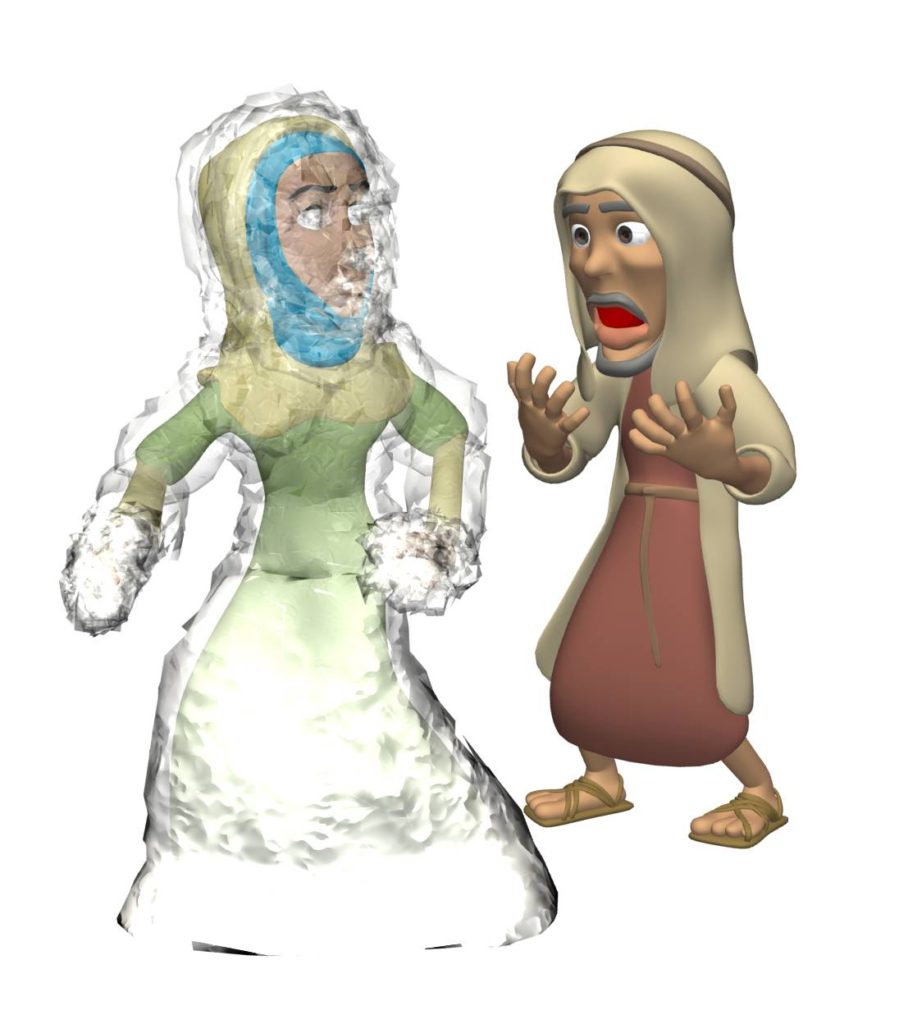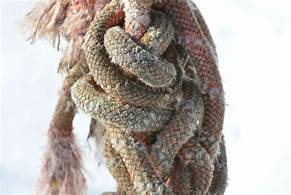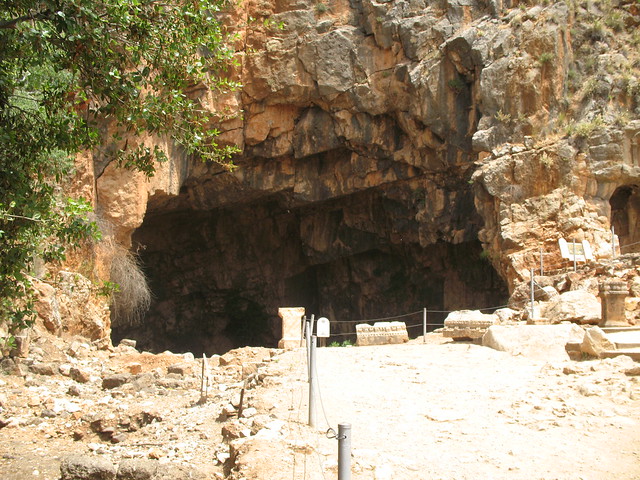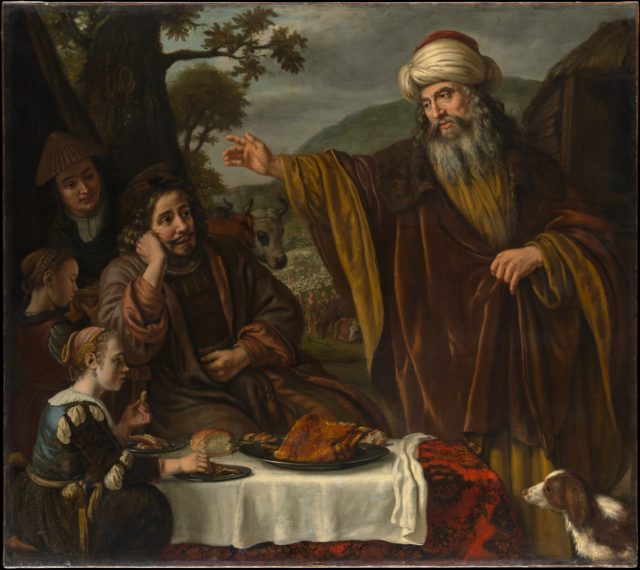What is the relevance to you and me of studying the life of Abraham? Much! To start with, did you realize that when you came to faith in Yeshua the Messiah, you became a literal, spiritual-biological descendant of Abraham? That’s what Paul says in Galatians 3:29,
And if you are Christ’s, then you are Abraham’s seed [Greek: sperma], and heirs according to the promise.
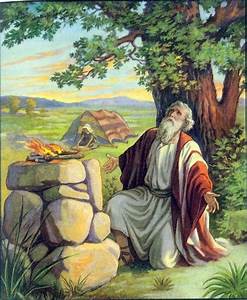
The Greek word sperma means “something sown, that is, seed (including the male “sperm”); by implication offspring; specifically a remnant (figuratively as if kept over for planting): – issue, seed.” Bet you never heard that preached in your church before, but there it has been, right in your Bible all along! The two verse just before that, Paul states,
For as many of you as were baptized into Christ have put on Christ. There is neither Jew nor Greek [i.e. Gentile], there is neither slave nor free, there is neither male nor female; for you are all one in Christ Jesus. (Gal 3:27–28).
So, according to Paul, the Jew-Gentile paradigm that the mainstream church has been teaching us for about 1,800 years is all wrong.The concept of Jews versus Gentiles shouldn’t even enter into our theological discussions! Paul doesn’t view the saints in the church as two separate people groups, for elsewhere, Paul calls believers who used to be Jews and Gentiles “the one new man” (Eph 2:15).
Moreover, Paul when talking to believers in Rome who were previously of both Jewish and non-Jewish ethnic origins, refers to Abraham as “the father of us all” (Rom 4:16). Paul reiterates this point in Romans 9:8–11.
So if Abraham is our father, and the apostle uses his life as an example of how believers are saved (read Romans chapter four), and of how to walk in faith before Elohim in obedience to his commandments (Heb 11:8–12), and refers to Abraham as our father, then perhaps there is something to be gained by studying his life as an example of how to walk righteously before our Creator.
And now, on to our study of the life of Abraham.
Continue reading


